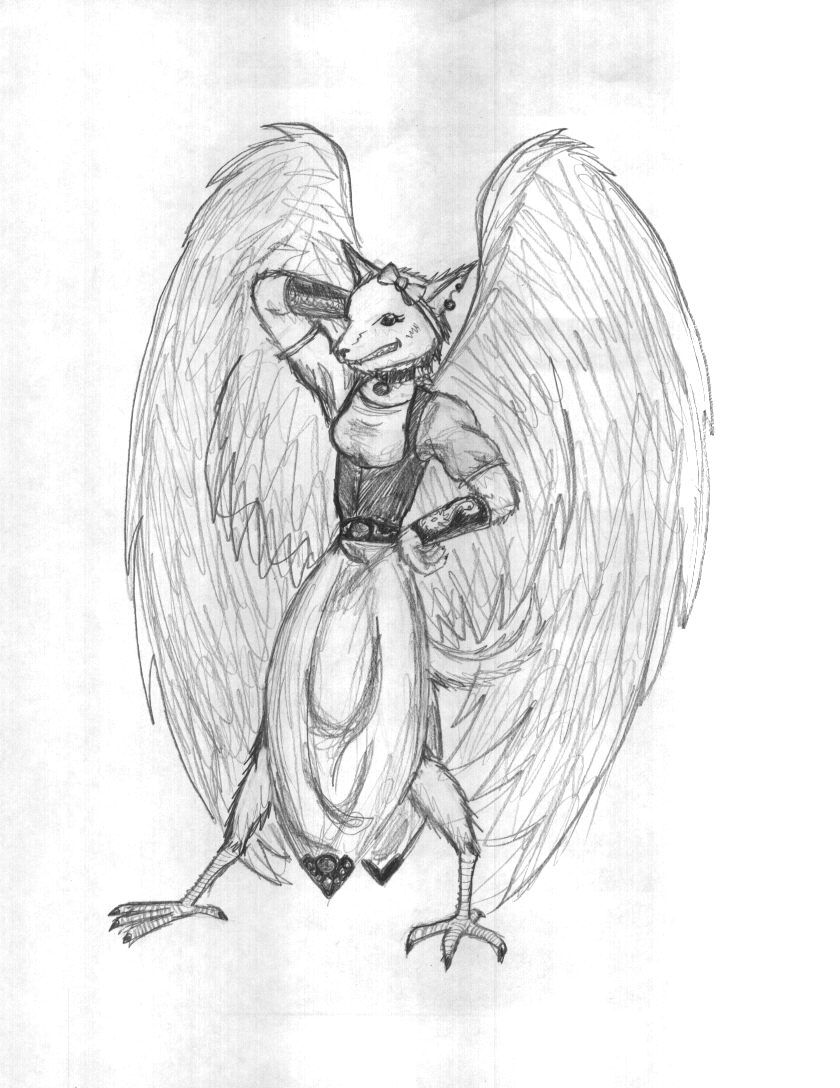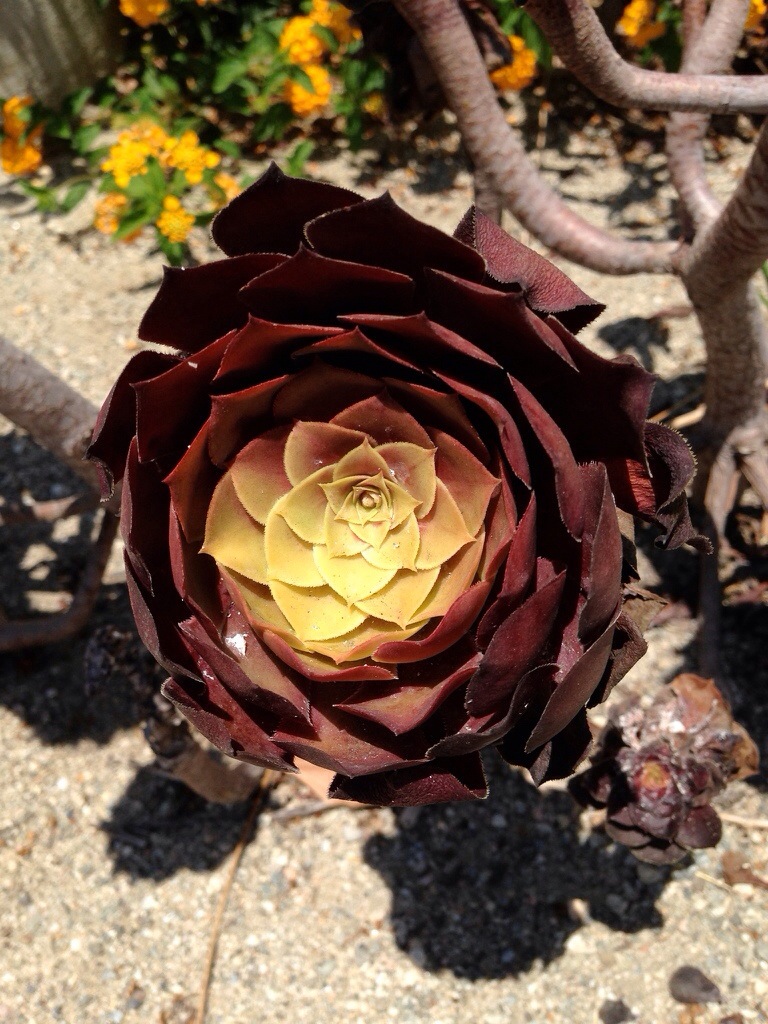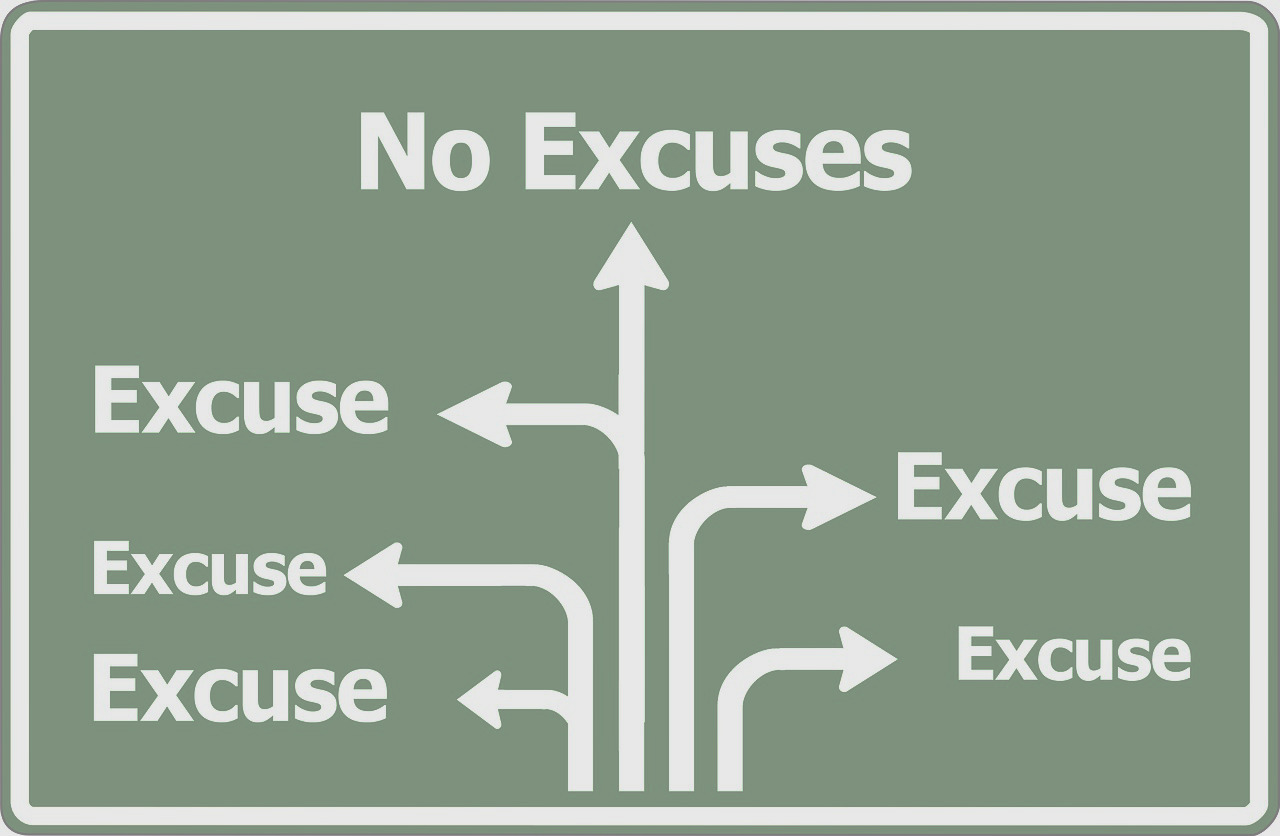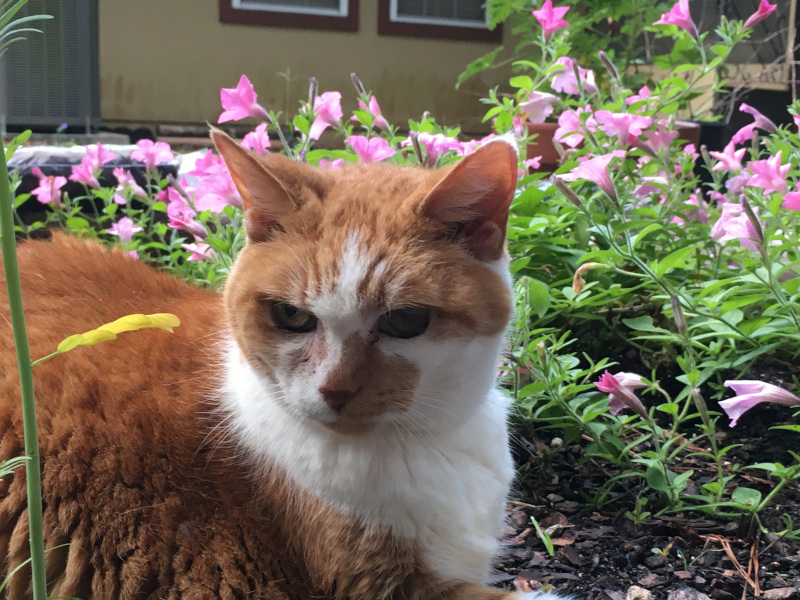Last month I attended/ worked at the Writing The Other Workshop/Retreat (more on this later -[yes, I’ve said this before, and I promise it will eventually get it’s own review post]). One of the participants from the retreat pointed out to the group that the new basic rules for Dungeons and Dragons (released by Wizards of the Coast) has a paragraph that deals with gender identity and sexual orientation (two of the areas we discussed when talking about “other” at the workshop):
“You don’t need to to be confined to binary notions of sex and gender. The elf god Corellon Larethian is often seen as androgynous or hermaphroditic, for example, and some elves in the multiverse are made in Corellon’s image. You could also play a female character who presents herself as a man, a man who feels trapped in a female body, or a bearded female dwarf who hates being mistaken for a male. Likewise, your character’s sexual orientation is for you to decide.”
pg 33 http://media.wizards.com/downloads/dnd/DnDBasicRules.pdf
I was very pleased to see this, but in the days since it was posted, I’ve had some time to think about it – although the earlier versions of the D&D rules did not address gender identity or sexual orientation in this manner, that certainly didn’t stop my group from creating characters that may be identified at various places along the spectrum(s). A few examples from characters I created.

- Weylyn – a marrash fighter – born heterosexual cismale, he was turned into a marrash early in the game. A marrash “resembles a winged gnoll, except that it has birdlike talons on it’s hands and feet, and double-jointed birdlike legs.” (pg. 145, Monster Manual II, 3rd ed) Marrash reproduce by spreading the disease that created them via poisoned arrows. My character was poisoned, and my DM decided to make it a character option. I ran with it. Since they procreate via virus, I figured Marrash were gender neutral, though Weylyn did fall in love with a crazy elf, and used polymorph potions to turn male to be with her.
- Laszlo – a bi-sexual cismale tiefling – he was mostly just a sexual being, not looking for a commitment, but looking for a good time with those he was attracted to. When he died and was reincarnated, he and I were both disappointed he didn’t come back as female.
- Thad – elf, born female (annoyingly, I can’t find the birth name her parents gave her, just the one she went by). She disguised herself as male and ran away from home due to the racial intolerance there. She ended up at a male-run monastery, and presented as male to fit in, and kept the identity beyond her training, because that is how she was comfortable – as a male monk. It wasn’t until I sat down to write this post that I wonder if she identified as male and/or as trans*. Either of those could make sense in her back story, rather than just cross-dressing for the sake of being allowed to stay.
- Aulette Falcon/Peregrine Barnes – This character was actually two bodies with one soul – one body each in the gaming world (Aulette – female bard, and no current romantic/sexual interest – but presents heterosexual in her flirting) and one in the “real world” – the world we occupy (Peregrine – male temp worker, engaged to a woman). The idea is the soul splits between them – is in one body while the other sleeps- so 8 hours of sleep translates into 16 hours of waking time in the other body. This character is both male and female, and the orientation is up for debate, since society usually uses ones gender (in some regard) to define/ give name to sexual orientation.
- Circe/Kirk (one of my sibling’s characters). Circe is the original personality; she went through a traumatic experience and developed a big brother personality of Kirk to protect her from things in the future. She is aware of Kirk, but Kirk is not aware of her – he believes he has been cursed, and his biological gender switched. In game terms, each new day a die was rolled to determine which personality was in control. When Kirk was present, the character was male, despite the apparently female body.
So, while I think it is cool that the newest D&D rule books are addressing more diversity than the different races available to play, I feel even more fortunate to the various DMs that allowed and encouraged us to play our characters in whatever manner we felt was the truest representation of the character – even if it meant figuring out house rules for the game mechanics.



